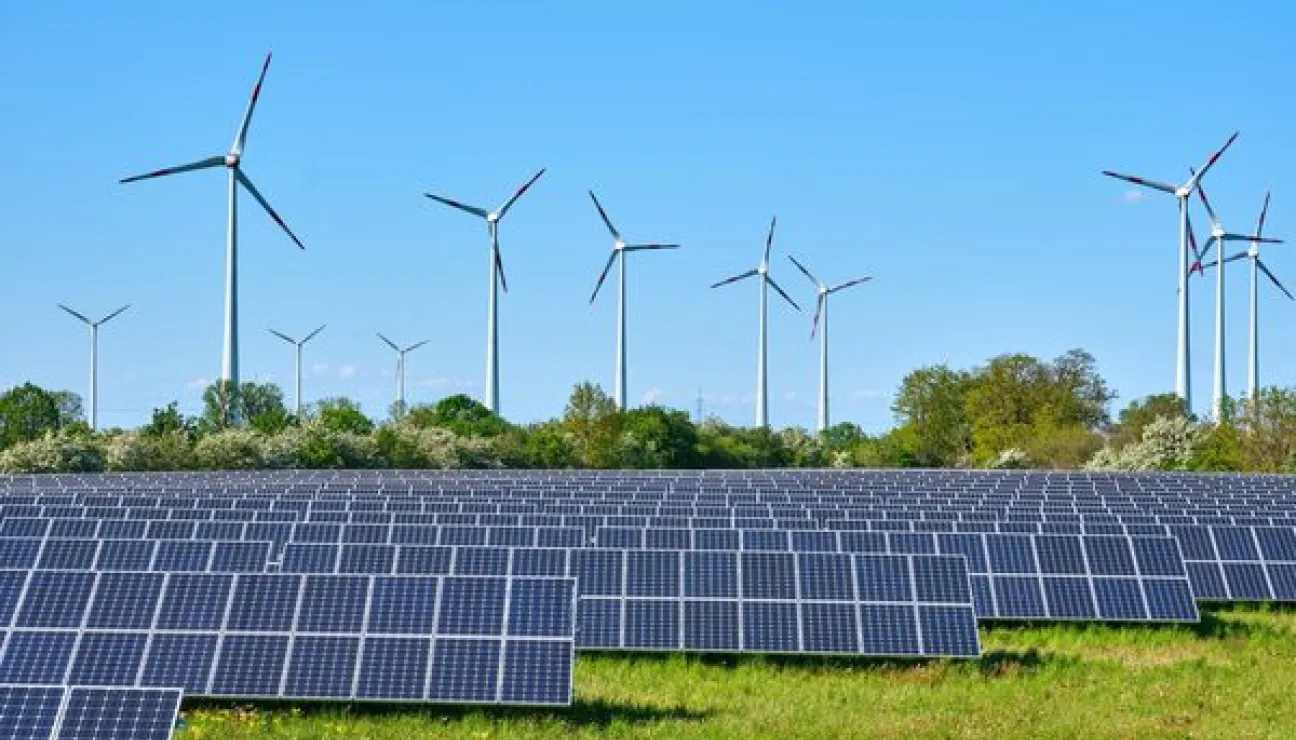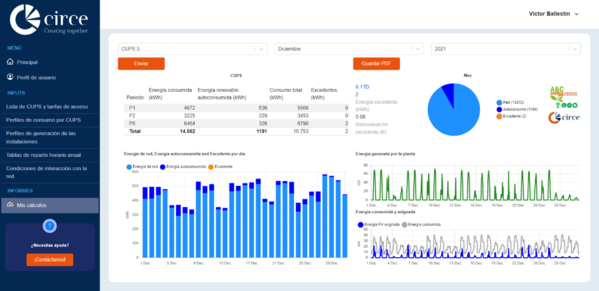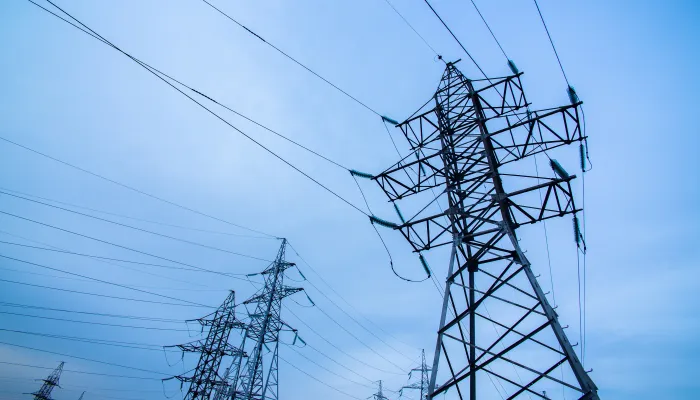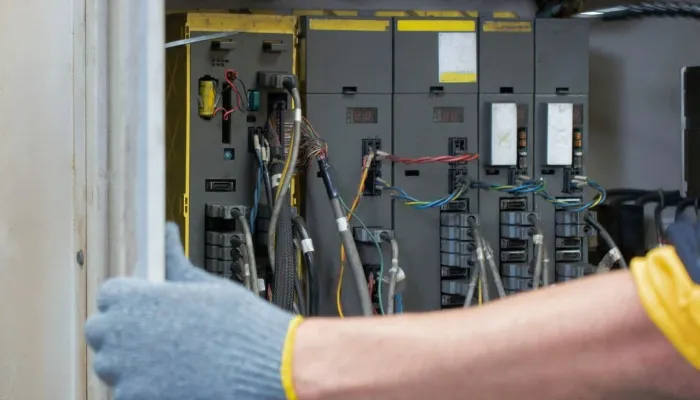By 2026, your renewable project could lose 7% profitability due to curtailment

Spain, with its ambitious energy transition agenda, has experienced significant growth in renewable energy generation capacity. According to Red Eléctrica de España (REE), in 2020, wind and solar PV will account for 21.9% and 6.1% of total electricity generation, respectively. However, this growth has brought challenges in grid management, especially curtailment - or curtailment of energy - due to limitations in transmission infrastructure and the variability of renewable sources. In 2019, regions such as Aragon have faced significant power outages during periods of low demand.
Curtailment tends to increase as renewable generation capacity increases, affecting the profitability of projects. Projections indicate that curtailment levels could reach up to 7% by 2026. For example, a wind farm in Aragon with an annual capacity of 500 GWh could lose 35 GWh due to curtailment, resulting in a loss of revenue of €1.75 million per year, considering a market price of €50/MWh. This underlines the importance of calculating and mitigating curtailment to ensure the economic viability of renewable projects. Learn more about the challenges and opportunities of curtailment that can affect your plant.
CIRCE's methodology for curtailment calculation
At CIRCE - Centro Tecnológico we have been calculating curtailment for more than two years and we have learned that our clients' needs vary according to the stage of their projects. For this reason, we offer a range of services adapted to each stage of the project. Although all our services use the same methodology, they bring a high added value to the companies that trust us, no matter where they are in the value chain. You can access our curtailment tool and the tool for calculating the capacity of network nodes, both available on the GENERAPP platform.
The curtailment calculation not only guarantees the technical and economic viability of the projects; it also allows you to make informed strategic decisions about the evolution of the assets, as well as to establish a roadmap for different scenarios:
- Analysis of the evolution of an area with no public data available to determine investment feasibility.
- Decisions on whether or not to continue with new connection points in the early stages of the project
- Evaluation of the final status of the developed project
- Analysis of plants for possible acquisition
- Formulation of hypotheses on the performance of operational plants to define future strategies: repowering, hybridization, combination of technologies...
- Simulation to obtain information on past disasters in order to identify their root causes
This Thursday, May 30, CIRCE's CEO, Andrés Llombart, had the opportunity to explain this methodology and the tools that are being applied from the technology center, during the conference "Impact of the high penetration of renewables: market and technical curtailments", organized by the Energy Cluster of Aragon - Clenar.

Why is the curtailment calculation so important?
The curtailment calculation is crucial for the efficient planning and operation of renewable energy projects. It allows developers and operators to:
- Forecast and manage renewable integration: by assessing the amount of energy that cannot be injected into the grid, bottlenecks in transmission capacity can be identified and infrastructure upgrades can be planned.
- Optimize profitability: with an accurate curtailment analysis, it is possible to develop mitigation strategies, such as the implementation of energy storage systems or active demand management, to maximize usable generation and thus revenues.
- Plan strategic investments: detailed information on curtailment enables informed decisions on investments in new technologies and infrastructure improvements, ensuring that resources are used optimally to improve efficiency and revenue.
- Reduce uncertainty: by anticipating curtailment levels, developers can adjust their operating and management strategies, reducing uncertainty and improving the financial stability of projects.







